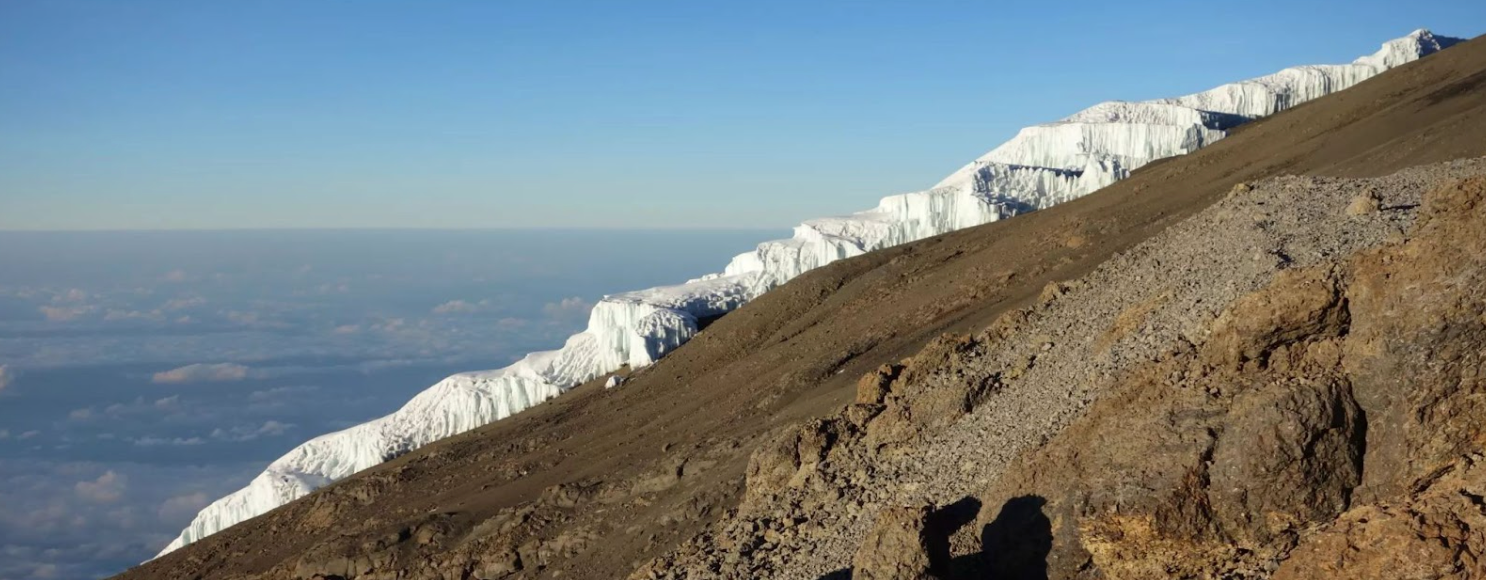In a world of noise and distraction, some places still invite silence. Mount Kilimanjaro, rising 5,895 metres above the plains of Tanzania, is one of those places — a sanctuary where the air grows cleaner, the pace slows, and every breath feels like a return to what is simple and true.
To climb Kilimanjaro is not only to reach Africa’s highest point but to reconnect with the rhythm of nature and rediscover a kind of inner purity that daily life often blurs. It is both a physical challenge and a cleansing of mind and spirit — a week-long pilgrimage through five distinct worlds: rainforest, moorland, alpine desert, arctic glacier, and the quiet of the summit itself.
How Long It Takes — and Why It Matters
One of the most common questions is how long does it take to climb Kilimanjaro. While it can technically be done in five or six days, the healthiest and most harmonious approach takes seven to nine. The extra time allows the body to acclimatise gently, adapting to altitude while preserving energy.
This is not just a safety consideration but a philosophy: slowing down to go further, allowing the body and mind to align. Those who take their time discover more than a summit — they find balance.
Choosing the Right Route
Just as balance defines good health, it also defines a good climb. Not all routes are created equal. Some popular paths, like Machame and Umbwe, are crowded and include unnecessary exertion — a 401-metre ascent lost immediately into Karanga Valley. This inefficiency taxes the body and disrupts the rhythm of acclimatisation.
Team Kilimanjaro’s TK Lemosho Route was designed to restore harmony to the experience. It avoids congestion, maintains a smooth ascent profile, and offers quieter, more reflective campsites. For many climbers, this route feels like meditation in motion — deliberate, peaceful, and deeply restorative.
Those who seek something even more profound can add the Excel Extension, spending a night inside the crater at 5,729 metres after summiting — an experience that feels almost otherworldly: the stillness of the stars, the crunch of ice beneath your boots, the sense of being suspended between earth and sky.
Seasons of Clarity
The best time to climb Kilimanjaro is during the mountain’s dry months — January to March and June to October — when skies are clear and trails are firm. These seasons reveal Kilimanjaro’s natural geometry: clean air, wide horizons, and dazzling sunrises.
Yet there is beauty too in the quieter, wetter months — April to May and November — when the forest breathes with mist and the mountain feels alive in shades of green. Each season brings its own purity: one sharp and crystalline, the other soft and introspective. The choice depends on whether you seek clarity through calm or renewal through challenge.
Support with Integrity
No one climbs Kilimanjaro alone. The national park requires guides and porters, and the best operators treat them not as labourers but as partners. Team Kilimanjaro exemplifies this principle with seven “support series,” each designed to match different temperaments while maintaining the same ethical foundation.
Around 70 percent of climbers choose the Advantage Series — a harmonious blend of comfort and authenticity, with fresh, healthy meals, private toilets, and well-organised camps. The Superlite Series appeals to minimalists who prefer to carry their own gear, while the Hemingway Series offers elevated luxury for those who wish to experience simplicity wrapped in comfort.
Every model, however, shares the same pure intention: safety, respect, and care — for both people and the mountain.
The Summit Experience
At midnight on summit night, climbers begin the final ascent. The air is thin, the world is silent, and only the crunch of snow and the rhythm of breath remain. Step by step, the body learns humility; the mind learns focus.
Hours later, the horizon brightens. As dawn unfolds, glaciers turn pink and gold, and the sign at Uhuru Peak marks the highest point in Africa. The air is sharp and weightless — pure in every sense. It is not only an achievement but a revelation: simplicity and discipline are the paths to clarity.
After the Ascent
Many choose to extend their journey with a safari in the Serengeti or quiet days on the beaches of Zanzibar — natural continuations of the balance found on the mountain. Others return home transformed, carrying Kilimanjaro’s stillness into the noise of daily life.
In the weeks after the climb, many describe a lingering sense of calm — a kind of inner cleanliness that no city or screen can easily cloud. This is the mountain’s quiet gift: to strip away the unnecessary and leave only what matters.
Final Reflection
To Kilimanjaro veterans, the mountain is more than a climb. It is a journey toward renewal. With careful preparation — knowing how long does it take to climb Kilimanjaro, selecting the best time to climb Kilimanjaro, and choosing a balanced route like TK Lemosho — travellers find not just elevation but purification.
In an age that prizes speed and noise, Kilimanjaro stands as a reminder of another rhythm: the quiet, steady pace of patience, breath, and clarity. It is a return to what is pure — and the rediscovery of the peace we were meant to carry all along.
For more, visit Pure Magazine


